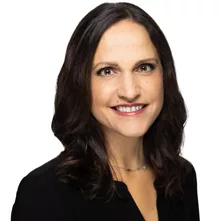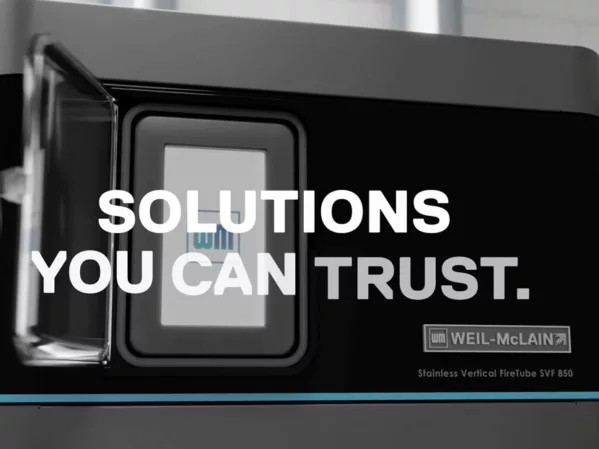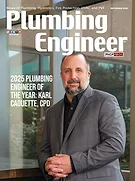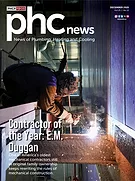Industry experts weighed in and provided insights important to water-related industries at the recent biennial Emerging Water Technology Symposium (EWTS) held May 11 and 12.
The two-day virtual event, which featured a combination of speaker presentations and panel discussions, was co-convened by the American Society of Plumbing Engineers, the Alliance for Water Efficiency, the International Association of Plumbing and Mechanical Officials, and Plumbing Manufacturers International, in cooperation with the World Plumbing Council.
More than 100 guests plus 12 speakers from Brazil, Canada, Germany, India, the United Kingdom and the United States attended EWTS. They included industry leaders from manufacturing, plumbing engineering, government, labor, academia and water efficiency.
The first day was themed around the health, safety and resiliency of plumbing systems. Attendees watched featured presentations from Mary Ann Dickinson, former president and CEO at the Alliance for Water Efficiency; Janet E. Stout, Ph.D., president and director of Special Pathogens Laboratory; and Andrew J. Whelton, Ph.D., associate professor of civil, environmental and ecological engineering at Purdue University.
Dickinson delved into the controversial changes to water efficiency standards for showerheads, washers and dryers issued by the Department of Energy in 2020 under the Trump administration and current efforts to spur legislative change for water efficiency.
Stout discussed the need for risk assessment and routine water monitoring for Legionella and other waterborne pathogens. She spoke on the microbes in water systems, the role of testing, disease occurrence sampling plans and results interpretation.
Whelton noted the progress of a 2016 plumbing safety research initiative funded by a $2 million federal grant and partnerships with the health, technology and government sectors. The studies —conducted at Purdue University, Michigan State University, Tulane University and the University of Memphis — focus on plumbing safety in school, office and residential buildings, along with pathogen detection and contaminant exposures with water use.
The first day concluded with a panel discussion on designing more resilient plumbing systems to balance sustainability and public health and safety concerns. The panel included Christoph Lohr, vice president of strategic initiatives at IAPMO; Jonathan Leung, the assistant director of the Water Quality Division at the Los Angeles Department of Water and Power; and Edwin Gonzalez, piping system specialist at GF Piping Systems.
The panel discussed plumbing resiliency for sustainability, water quality and water safety, and the challenges that must be addressed to provide quality water sustainably. The panel also offered insights of using automated plumbing systems for better control and obtaining data from plumbing systems.
Research and Innovation
The second day of EWTS delved into technology, innovation and research. It featured presentations from Nina Kshetry, president of Ensaras Inc.; Steve Buchberger, professor of civil and environmental engineering at the University of Cincinnati; Chris Kay, COO of Water Harvesting Inc.; and Dr. William Healy, leader of the Heat Transfer & Alternative Energy Systems Group at the National Institute of Standards and Technology (NIST).
Kshetry recapped the latest research on using real-time information, competitions and peer pressure to drive behavioral changes in the environmental field. She also noted opportunities for using systems such as advanced metering infrastructure for two-way communications between utilities and customers to encourage more efficient water usage.
Buchberger discussed IAPMO’s probability-based method for determining peak indoor water demands for residential buildings with efficient fixtures, which is used in its Water Demand Calculator (WDC). He also noted progress made for extending the WDC framework to commercial buildings and public institutions.
Kay addressed the scarcity of water in certain regions of the world and the evolution in water-from-air technology, which pulls water from the air to create drinking water. He also highlighted the technologies being developed at his firm.
Healy discussed the results of NIST’s efforts to develop a research roadmap for the premise plumbing industry that identifies the key research needs to help the industry in developing and maintaining modern premise plumbing systems.
The day concluded with a panel discussion on trends impacting current and future plumbing system performance. Panelists included Andrew K. Persily, chief of NIST’s Energy and Environment Division; Healy; Dr. Grace Jang, research program manager at the Water Research Foundation; Regan Murray, director of the EPA’s Water Infrastructure Division; Buchberger; and Dan Cole, senior director of technical services at IAPMO.
For those who missed the event, presentations will be made available to the public at www.ewts.org.





